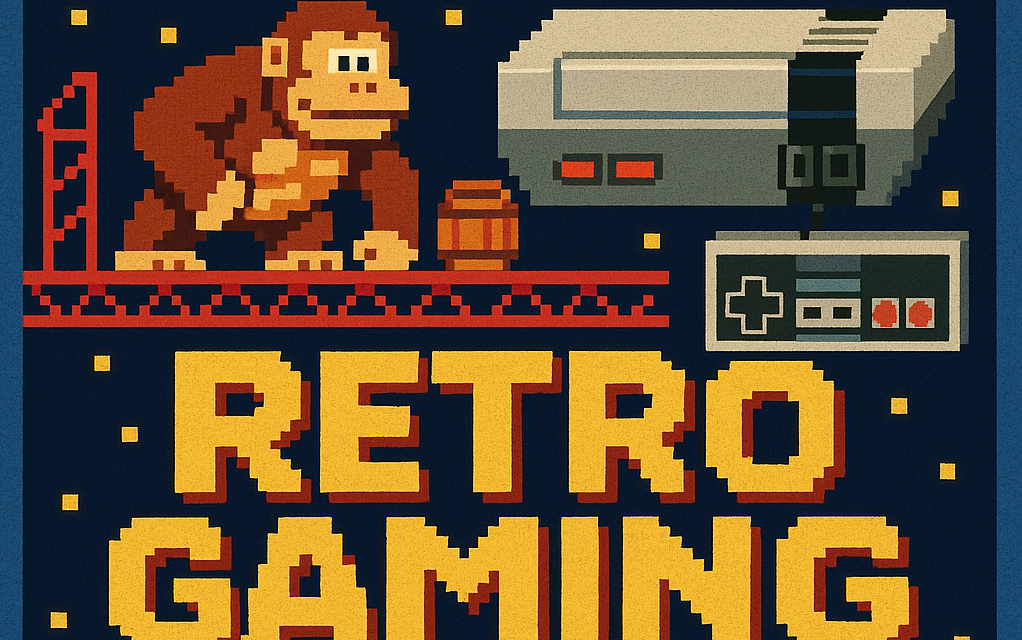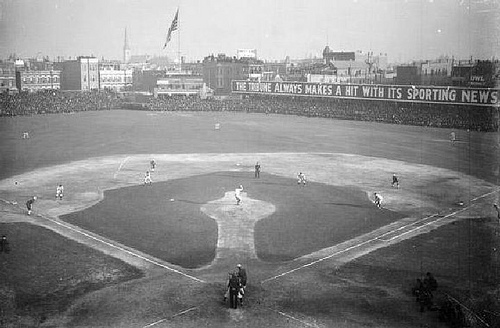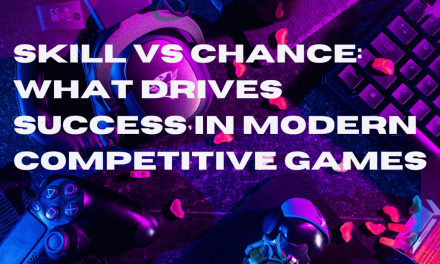Old games shouldn’t work anymore. By all logic, they ought to be relics, forgotten alongside VHS tapes and floppy disks. The graphics are blocky, the soundtracks are endlessly repeating and the stories are short, with minimum text if any at all. And yet, people keep coming back. Retro titles, whether pulled from dusty cartridges or downloaded from digital stores, still have a strange grip on us.
It’s not a stretch to say they share something with casino classics. Take online roulette or blackjack in Betway casino. The wheel spins, the dealer flips, the slot reels tumble and it’s the same dance your parents or grandparents once watched. Although the screens are brighter now, and the payouts are splashed across animations, the bones haven’t shifted. Much like Pac-Man or Tetris (although trying to be reinvented occasionally), the appeal doesn’t come from reinvention. It comes from how clean and unshakable the formula already was.
Retro games don’t waste your time. There’s no 20-minute prologue or tutorial designed to hold your hand. You drop into the level and the rules make sense almost instantly. Move left, move right, jump, avoid, survive. The rhythm is direct, and once you lock into it, it’s hard to put down.
Compare that with modern gaming, where menus stack on menus and you spend as much time adjusting settings as you do playing. Retro titles cut the fat. They are pure, even blunt, and that bluntness feels refreshing in a world of endless features.
Another part of the pull is difficulty. Retro games weren’t shy about punishing you. Three lives meant three lives, not infinite retries. You either got better or you started over. That kind of challenge feels harsh now, but it was fair. The rules never changed behind your back, and the path to improvement was always clear.
Casino games echo the same spirit. You know the stakes, you know the rules, and there’s no illusion that the house will bail you out. The clarity of win or lose, life or game over, is part of what keeps players engaged.
Pixel art, once born from necessity, aged into an aesthetic that still looks sharp today. What was once a limitation became a style that refuses to fade. The same goes for chiptune music. Those beeps that were once the only sounds a computer can make didn’t mean to last for decades, but somehow they’ve burrowed deep into the memory of every now adult that was once a child who played those games. Ask anyone who’s played a retro game and they can hum a tune or recall a sound effect instantly.
That’s the trick: retro games don’t look dated because they never tried to look real. They created their own language, one that still speaks to players now.
It’s tempting to say retro games survive because of nostalgia, but new generations prove otherwise. Teenagers who never touched an NES still get hooked on Super Mario Bros. or Sonic. The pull isn’t memory, it’s design. When a game is stripped down to its essence and still works, it doesn’t matter what year it was made.
Retro games, like a roulette wheel or a slot reel, thrive because the loop is eternal. Press start, spin, try again. Part of what makes those games timeless is the simplicity, in an ever changing and more complicated world of gaming. Gamers are now over obsessed with bigger maps and longer movie-like cutscenes, and those old titles remind us that play doesn’t need to be complicated to enjoy a game.











![[Rumor] Capcom is reportedly working on a new Dead Rising](https://vgleaks.com/wp-content/uploads/2025/12/capcom-logo-150x150.jpg)

